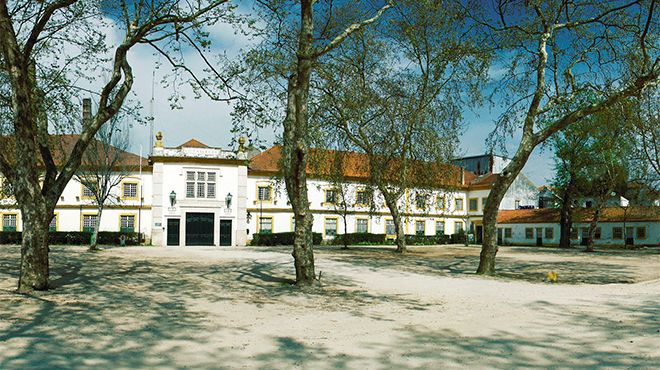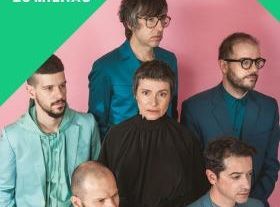Ílhavo

Ílhavo
Towns and Villages
Around 3km from Aveiro, down the coast road heading southwards, there is Ílhavo, formerly called Illabum which is believed to have been originally settled by the Greeks. Similar to Aveiro, it is located on the flatlands surrounding the lower reaches of the river Vouga. From time immemorial, this unusual geography has conditioned the livelihoods of settlers coming in search of fishing grounds or the distant New World and its abundant cod. The Sea Museum is well worth a visit with impressive exhibits dedicated to the river and the sea ensuring we do not forget what the old vessels looked like as they slipped out of the river. The Museum also contains a range of navigation instruments and fishing equipment.
On any itinerary there has to be a visit to the local church. Dating back to 1785 and dedicated to St Salvador, and in addition to other interesting pieces, attention turns to a portrayal of the Lord of the Navigators and the Devotion of Seafarers. In the chapel of Our Lady of Pranto, look out for the statue of Mary in polychromatic limestone completed in the fifteenth century.
Much of the land around Ílhavo has been reclaimed from the river over centuries and at great cost to the Ilhavense people. These were termed "gafanhas". Their rich soils proved so ideal for cultivating potatoes, corn, beans and cabbages that the name gafanha was used by various local parishes: Gafanha da Nazaré, Gafanha da Encarnação and Gafanha do Carmo.
Right by Ílhavo, there is the Vista Alegre Factory that for 170 years has been producing world famous porcelain. The factory features a museum, stores and an interesting complex of industrial buildings dotted along the banks of the river providing a truly worthy stop off on any tour of the region.
Head across the fertile terrain of Gafanhas towards Vagos, a rural municipality famous for its milk production. Cross over the southernmost arm of the river delta and head towards the beach at Vagueira. The road running parallel to the sea leads to Costa Nova, where the special charm of the brightly-coloured fishermen´s houses awaits you.
On any itinerary there has to be a visit to the local church. Dating back to 1785 and dedicated to St Salvador, and in addition to other interesting pieces, attention turns to a portrayal of the Lord of the Navigators and the Devotion of Seafarers. In the chapel of Our Lady of Pranto, look out for the statue of Mary in polychromatic limestone completed in the fifteenth century.
Much of the land around Ílhavo has been reclaimed from the river over centuries and at great cost to the Ilhavense people. These were termed "gafanhas". Their rich soils proved so ideal for cultivating potatoes, corn, beans and cabbages that the name gafanha was used by various local parishes: Gafanha da Nazaré, Gafanha da Encarnação and Gafanha do Carmo.
Right by Ílhavo, there is the Vista Alegre Factory that for 170 years has been producing world famous porcelain. The factory features a museum, stores and an interesting complex of industrial buildings dotted along the banks of the river providing a truly worthy stop off on any tour of the region.
Head across the fertile terrain of Gafanhas towards Vagos, a rural municipality famous for its milk production. Cross over the southernmost arm of the river delta and head towards the beach at Vagueira. The road running parallel to the sea leads to Costa Nova, where the special charm of the brightly-coloured fishermen´s houses awaits you.




 Explore
Explore 
 Remember and Share
Remember and Share 


